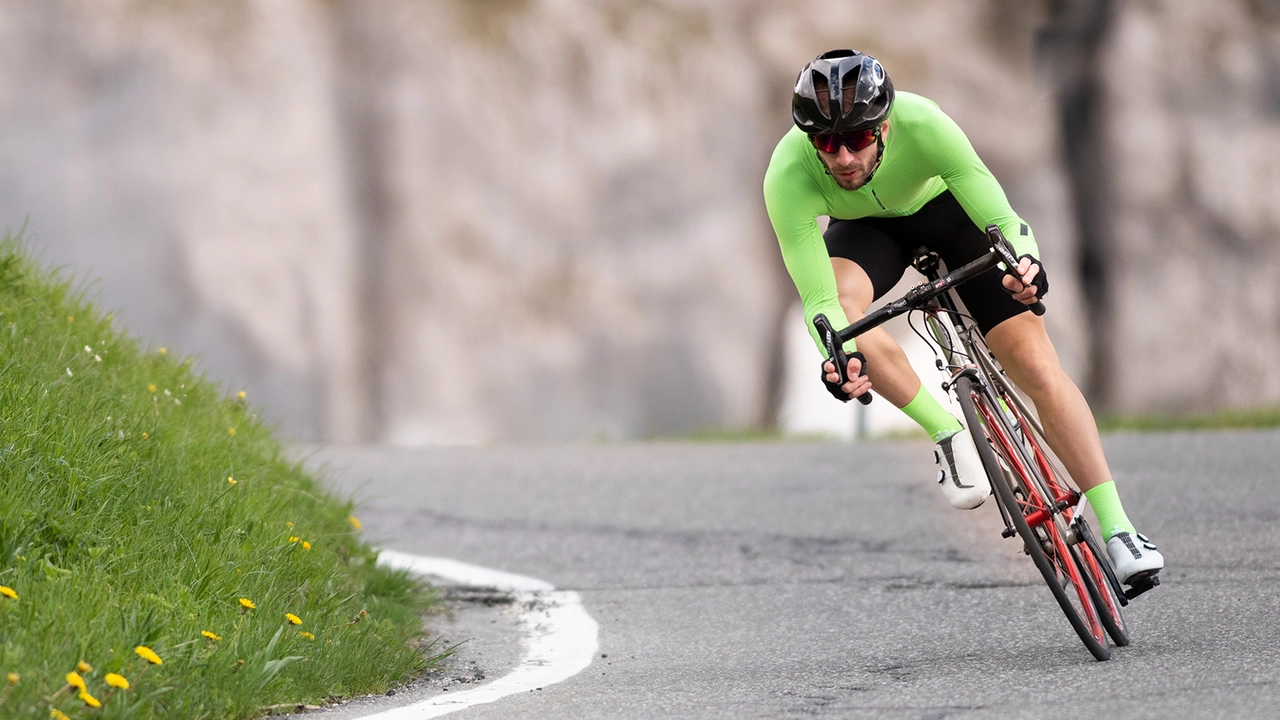Competitive Cycling – News, Tactics & Gear Tips
If you love the rush of a fast finish and the strategy of out‑smarting other riders, you’re in the right place. Competitive cycling isn’t just about raw power; it’s about knowing the right move at the right time, picking gear that helps you stay efficient, and keeping up with what’s happening in the wider racing world.
Here at Skipton Cycling Enthusiasts we gather the latest race stories, practical advice and gear recommendations so you can ride smarter, not harder. Whether you’re eyeing a local criterium or dreaming of a national event, the basics we cover will lift your game.
Basic Road Racing Tactics
One of the first things every racer learns is drafting. Riding close behind another cyclist cuts wind resistance and saves up to 30% of your energy. Stay relaxed in the slipstream, then pick the right moment to swing out and attack. That moment is often after a climb or just before a sharp corner where the pack slows down.
Breakaways work the same way but on a larger scale. A small group can stay ahead if they share the workload, but they must keep an eye on the peloton’s speed. If the main group is too far behind, they’ll pull ahead; if it’s closing fast, the breakaway needs to push harder or risk being caught.
Gear selection matters too. On rolling terrain, a slightly lower gear lets you spin at a higher cadence, keeping your legs fresh for the final sprint. On steep climbs, dropping to a smaller chainring helps maintain steady power without spiking your heart rate.
Don’t forget to study the course beforehand. Knowing where the wind direction changes, where the hairpin turns are, and which climbs are steep can give you a tactical edge. A quick reconnaissance ride or a look at the race map can reveal the perfect spots to launch a move.
Gear Picks and Pedal Choices
Pedals are a surprisingly big piece of the performance puzzle. Clipless systems, like Shimano SPD or Look Keo, lock your shoe to the pedal, giving you a steady pull on the upstroke as well as the downstroke. That extra connection can boost power transfer by 5‑10% and improve control on descents.
If you’re new to clipless, start with a flat pedal for a few rides to get used to the feeling. When you switch, practice clipping in and out in a safe area until it becomes second nature. Remember to check your cleats and pedals before each ride – worn cleats can slip and ruin a race.
Footwear also matters. Stiff cycling shoes channel more force to the pedals compared to regular running shoes, which bend too much and waste energy. Investing in a pair of road‑specific shoes will feel like you’ve added horsepower to every pedal stroke.
Beyond pedals, your bike’s fit is key. A bike that’s too tall or too short will sap your power and cause discomfort. If you feel numbness in your hands or sore knees after a ride, it’s time to get a professional fitting.
Finally, keep an eye on the latest race news. Stories like the Princess of Wales supporting England’s Red Roses or the latest Premier League controversy remind us that sport is always in the spotlight. Staying informed keeps you motivated and gives you conversation topics for the clubhouse.
Competitive cycling blends strategy, equipment, and a dash of daring. Use the tactics, choose the right gear, and stay curious about the sport’s happenings. Your next race could be the one where everything clicks – give these tips a try and feel the difference on the road.

Is competitive cycling a green sport or a green-washed sport?
As a blogger, I've been diving deep into the question of whether competitive cycling is truly a green sport or if it's just green-washed. The sport boasts low carbon emissions due to the human-powered nature of cycling, making it seem environmentally friendly. However, there are aspects such as extensive travel, production and disposal of equipment, and the organization of large events that raise questions about its sustainability. It's a complex issue that needs further exploration. So, while cycling itself is green, the competitive side of it might not be as eco-friendly as we'd like to think.
View More



